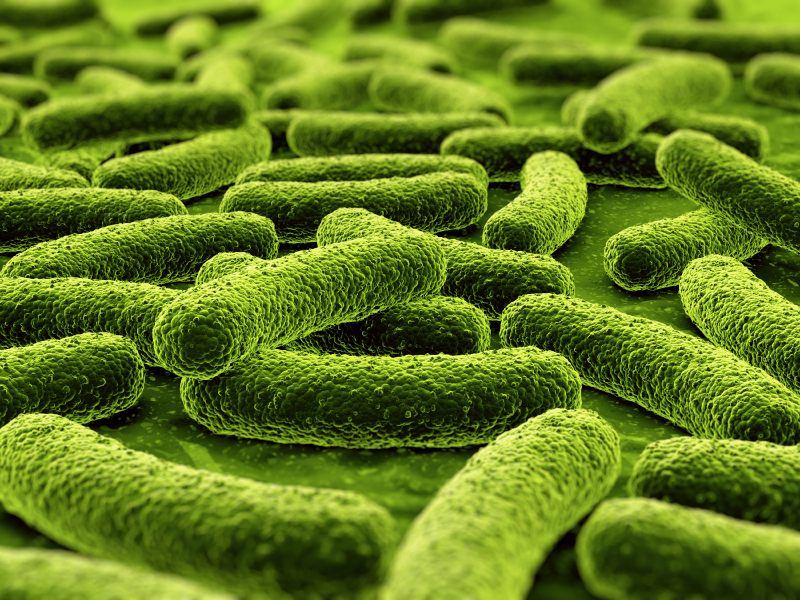Finding effective microbes to obtain metals, namely Tungsten, Tellurium and Gallium, which could be used in mining waste, transforming the waste into a valuable resource, is the aim of the international project. BioCriticalMetals, which brings together 28 researchers and the mining industry from several countries.
The project, which involves the collection of microbes in several mines in Portugal and Argentina, was launched on June 6, in Coimbra, at a meeting that took place in the Auditorium of the Central Building of the Faculty of Science and Technology of the University of Coimbra (FCTUC) , with the presence of all the partners of the consortium.
Paula Morais, project coordinator, explains that the BioCriticalMetals focuses on «finding alternatives to chemical processes for obtaining metals, developing “green” processes based on biological activity, that is, using effective microorganisms to capture heavy metals».
The FCTUC researcher adds that the team of scientists has already identified a set of microbes with “potential, but we want to collect and explore more species, with the aim of developing biosensors to detect and biofilters to obtain/recover critical metals, a theme that fits within one of the European pillars for the development of alternative strategies for raw materials'.
This biotechnological approach, proposed by the team that integrates EDM – Empresa de Desenvolvimento Mineiro, Beralt Tin and Geoplano, is «relatively cheap and simple to apply» says Paula Morais, who also describes how the research will take place, with the duration of three years: «from microbial organisms collected in mine waste, we will isolate those that present themselves with more interest, study their genetic mechanisms and, if necessary, modify them for the development of biotools (micro-miners) that will be then tested in diverse environments».
Author: Cristina Pinto – Press Office at University of Coimbra
Science in the Regional Press – Ciência Viva



















Comments